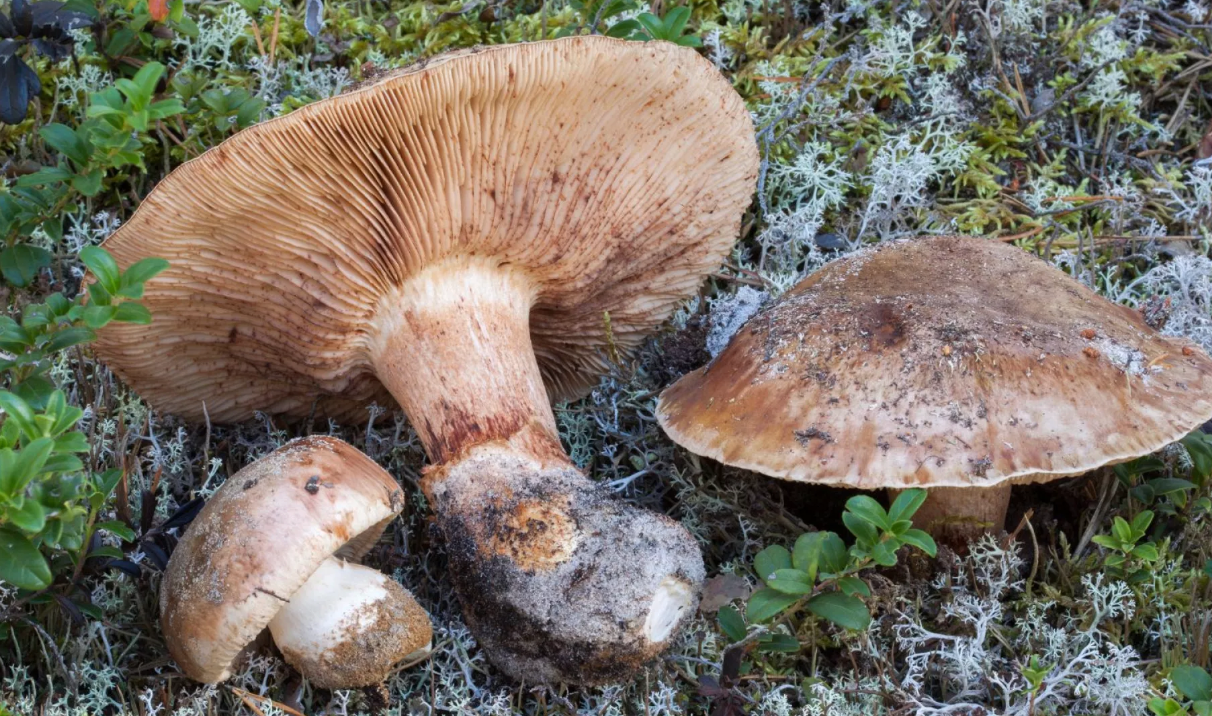
Despite being the foundation of ecosystems, fungi have long been overlooked, says IUCN Director General Dr. Grethel Aguilar. "Now, it's time to turn knowledge into action and safeguard this extraordinary kingdom."
Among the most threatened species is the giant knight (Tricholoma colossus), a victim of deforestation in Finland, Sweden, and Russia, where 30% of old-growth pine forests have been lost since 1975. The fibrous waxcap (Hygrocybe intermedia), found in Europe's traditional countryside, is now classified as vulnerable due to fertilizer runoff and pollution.
Climate change is further accelerating the crisis. Shifting fire patterns in the U.S.—driven by rising temperatures—threaten over 50 fungi species, while extreme weather is worsening habitat destruction worldwide.
The loss of fungi would have devastating consequences for ecosystems, warns Professor Anders Dahlberg of the IUCN Fungi Specialist Group. "Fungi support plant life, store carbon, and enhance drought resistance. Their decline weakens entire ecosystems."
To reverse the trend, scientists call for stronger forest protections, reduced clear-cutting, and sustainable land management. The report also highlights the declining state of frankincense trees (Boswellia), with six species now endangered and three critically endangered due to extreme weather and habitat destruction.
Without urgent action, the unsung heroes of life on Earth could vanish—taking vital ecological functions with them.